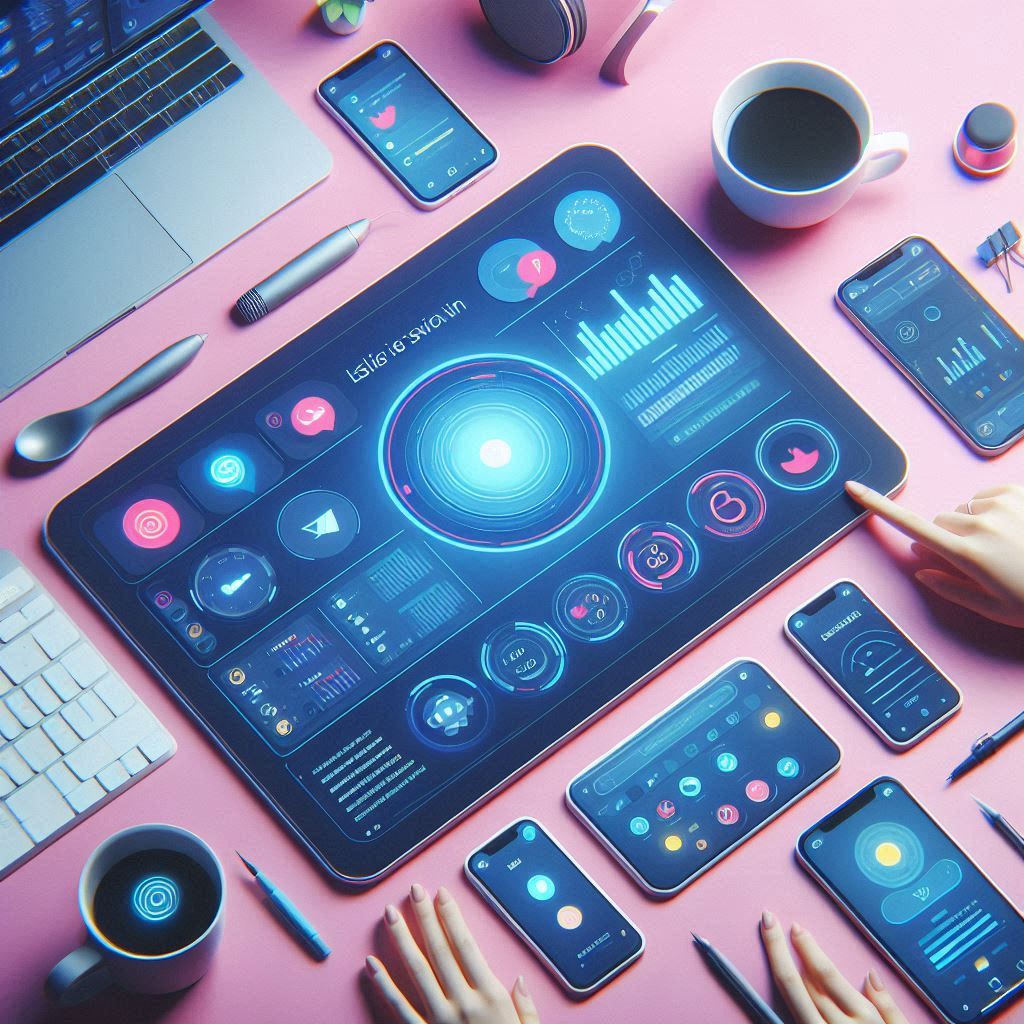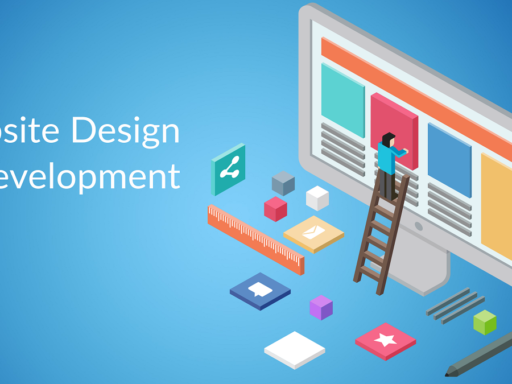In the rapidly evolving landscape of digital interaction, Voice User Interface (VUI) design is emerging as a groundbreaking trend. As smart speakers and voice assistants become ubiquitous, designing intuitive and effective voice interfaces is becoming increasingly crucial. This blog delves into the essentials of VUI design, its benefits, challenges, and best practices to help designers craft seamless voice experiences.
Understanding VUI Design
VUI design focuses on creating interfaces that allow users to interact with devices using voice commands. Unlike graphical user interfaces (GUIs), which rely on visual elements like buttons and icons, VUIs use voice commands and auditory feedback to facilitate interaction. Voice assistants like Amazon’s Alexa, Apple’s Siri, Google Assistant, and Microsoft’s Cortana are prime examples of VUIs in action
The Benefits of VUI
- Hands-Free Convenience: VUIs enable users to perform tasks without using their hands, making them ideal for multitasking and accessibility.
- Speed and Efficiency: Voice commands can often be faster than typing or navigating through menus, enhancing user efficiency.
- Natural Interaction: Speaking is a natural form of communication, making VUIs more intuitive and user-friendly for a broad audience.
- Accessibility: VUIs can significantly improve accessibility for users with visual impairments or physical disabilities.
Challenges in VUI Design
- Understanding Natural Language: Accurately interpreting diverse speech patterns, accents, and colloquialisms is a significant challenge.
- Error Handling: Misunderstandings and errors are inevitable. Designing effective error handling and recovery mechanisms is essential.
- Privacy Concerns: Voice interactions often involve sensitive information. Ensuring data privacy and security is paramount.
- User Training: Unlike GUIs, where users can see available options, VUIs often require users to learn specific commands, which can be a barrier to adoption.
Best Practices for Effective VUI Design
- Keep It Simple: Use clear and concise language. Complex commands can lead to misunderstandings and frustration.
- Design for Flow: Anticipate user needs and guide them through the interaction with logical, step-by-step instructions.
- Provide Clear Feedback: Ensure users know when their command has been received and what action is being taken.
- Test with Real Users: Conduct usability testing with diverse user groups to identify and address potential issues.
- Inclusive Design: Consider diverse speech patterns and accessibility needs to create an inclusive VUI.
Tools and Technologies for VUI Design
- Voiceflow: A powerful platform for designing, prototyping, and deploying voice applications without extensive coding.
- Dialogflow: Google’s natural language understanding tool that allows designers to create conversational interfaces.
- Amazon Alexa Skills Kit (ASK): Tools and resources for creating voice experiences on Alexa.
- Jovo: An open-source framework for building cross-platform voice apps that work on both Alexa and Google Assistant.
Future Trends in VUI
As technology advances, VUI design will continue to evolve, integrating more sophisticated AI and machine learning capabilities. We can expect:
- Enhanced Personalization: Voice assistants will become better at understanding individual user preferences and contexts.
- Multimodal Interfaces: Combining voice with visual interfaces for a richer user experience.
- Voice Biometrics: Using voice recognition for secure authentication and personalized interactions.
- Increased Integration: VUIs will be more seamlessly integrated into various devices, from smart homes to cars.
Conclusion
Voice User Interface (VUI) design is at the forefront of transforming how we interact with technology. By focusing on natural language, context awareness, and user-centric design principles, VUI designers can create more intuitive and accessible digital experiences. As this field continues to grow, staying abreast of best practices and emerging trends will be essential for designers looking to innovate and lead in this exciting domain.







